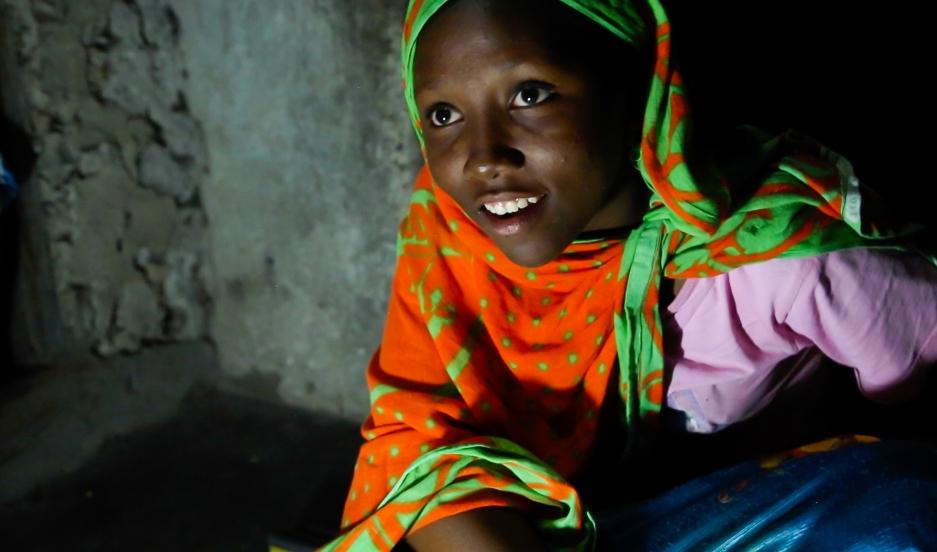Fourteen year-old Nuru Sheha studies at night in the light of solar-powered LED lights at home in the village of Matemwe, on the Tanzanian island of Zanzibar. He family's first electrical system was installed by one of Zanzibar's 13 "solar mamas," illiterate women trained in India to be solar power engineers. The solar mamas are just of many stories of hope over the past year.
They wouldn't yield to terrorists, dictators or diseases. They brought light to the world.
A look at seven stories in 2015 that inspired us.
1. Take that, Taliban!
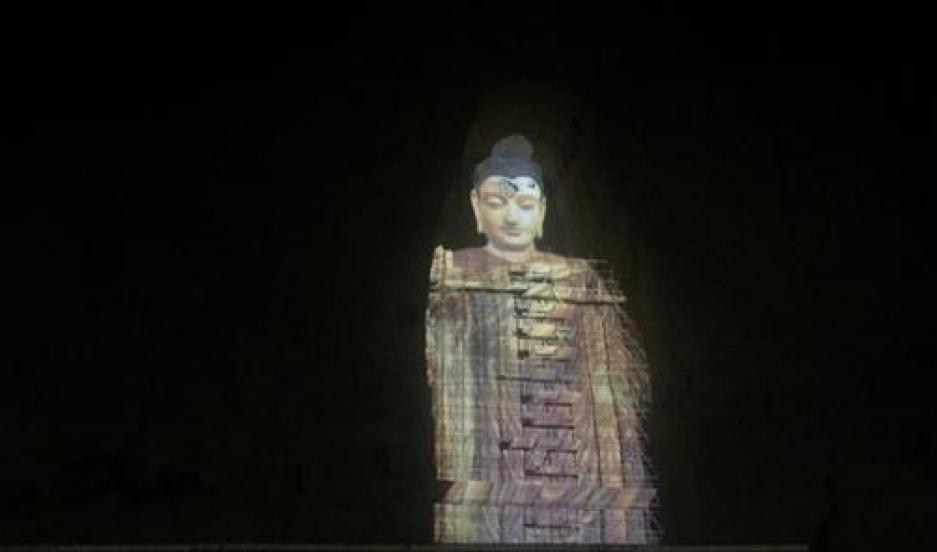
The Taliban thought it had destroyed one of the world's wonders, the monumental Buddha statues of the Bamiyan Valley.
But the Buddhas shine again in the towering cutouts in the mountainside where they stood for centuries. They are back, thanks to 3-D light projection. And they look great.
The technology that gives us images of Tupac Shakur and Michael Jackson in concert, and Narendra Modi on the campaign trail, has been applied to the Bamiyan Buddhas. Now, 3-D light projects on the empty cliff where the statues once stood. The device that controls the illumination was a gift from a Chinese couple to the Afghan people.
The illumination has brought relief to many of the locals who the Taliban forced in 2001 to destroy the Buddhas. "I regretted it at that time, I regret it now and I will always regret it," one of the workers, bike repairman Mirza Hussain, told the BBC in March. Read more on this story — and on an effort to use the world's biggest 3-D printers to restore images from the ISIS-destroyed statues of Palmyra, Syria.
2. Bringing good things to light
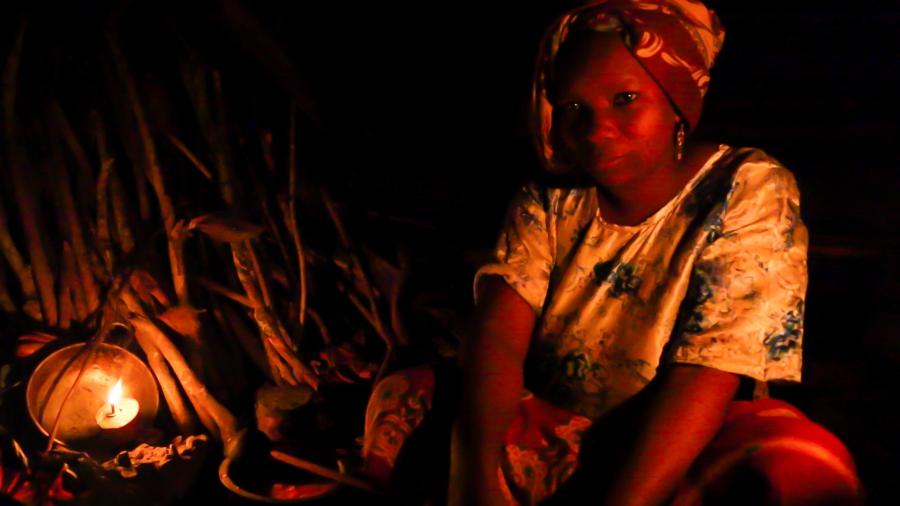
They can flip the switch on homes — and on gender roles.
On the island of Zanzibar, 13 new “solar mamas” as they call themselves — all illiterate mothers — are changing the island's future, electrifying hundreds of homes that used to rely on dangerous wood- and charcoal-burning for light (pictured above).
Recruited and trained by an Indian NGO, the solar mamas install systems that include photovoltaic panels, a battery, an inverter, three LED lamps and a phone charger. It takes half an hour to complete. Once done, the owner of the house plugged in her phone, a convenience she used to pay someone else to do.
The women had electrified 600 homes by summer — and are viewed with new respect as they change their countryside. Read more about them.
3. The Nazis stopped her. For only for a while.
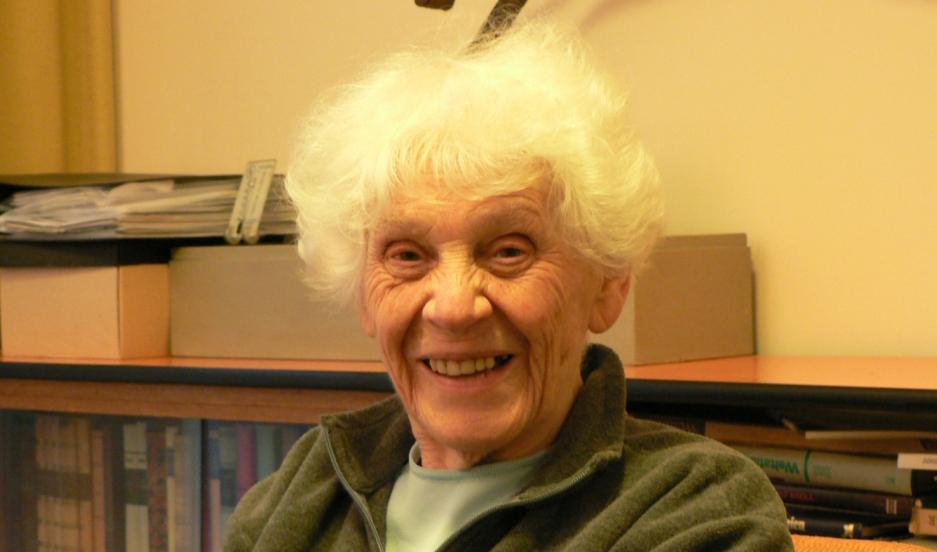
Seventy-seven years ago, she wasn't allowed to get her doctorate because she was Jewish.
In June, at age 102, Inge Rapoport finally got her degree from the University of Hamburg. It was her second medical degree; she'd earned her M.D. after World War II in the United States.
“She’s incredible,” said her son, Tom Rapoport, a professor at Harvard Medical School. “I’m very proud of her.”
Inge Rapoport says that getting this medical degree, now, was never about her.
“I did it … to undo a Nazi injustice. It was for the university and for all of the Jews who suffered the same injustice,” she said. Read more about her.
4. Saving Christians
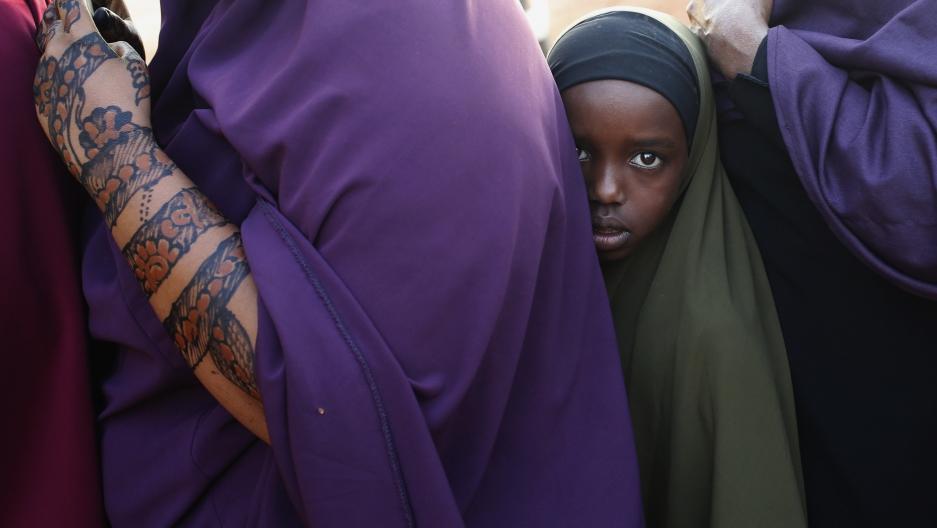
The orders were clear from the Islamic militants who stopped the bus. They wanted all Christians on one side. All Muslims on another.
The Kenyans knew what would happen. At least twice before, terrorists had separated hostages — and killed the Christians.
This time, the passengers would not move. "Whatever you're going to do, do it to all of us here, otherwise we cannot be separated," passengers recounted to the BBC in December.
5. A little more time
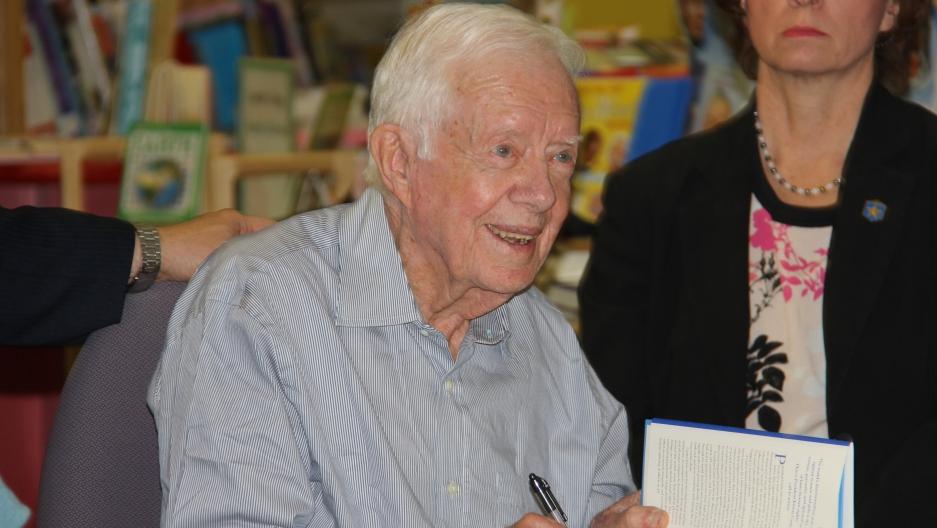
In August, Jimmy Carter had one wish when he announced to the world that he was battling brain cancer.
Before reporters, the 91-year-old former president appealed for momentum to vanquish Guinea worm, a scourge he has nearly brought to an end from decades of work.
"I would like the last Guinea worm to die before I do," Carter said.
In December, he got more time: It was announced that his cancer was in remission.
Watch out, Guinea worm.
6. The mural that rescued a slum
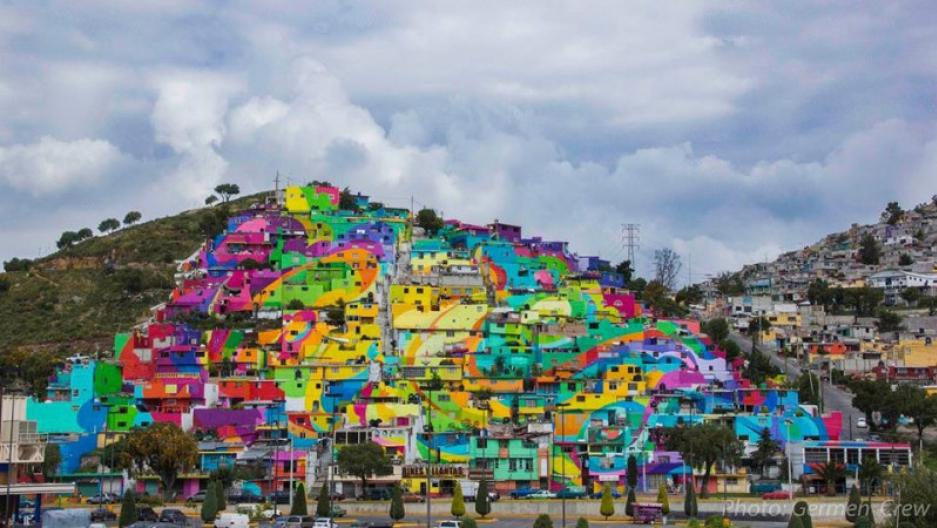
It was an audacious project: Paint 200 homes in a crime-ridden neighborhood to create a work of beauty.
This "living mural" has led to new jobs, a lower crime rate and more optimism among the residents of a hillside neighborhood in Pachucha, Mexico.
The giant artwork has turned the Las Palmitas district into what the project leaders have dubbed the “first magical neighborhood” — a play on the Mexican government’s separate initiative to promote “magical towns” (Pueblos Mágicos) as tourism destinations.
More art, please! (Read on for the full story.)
7. He didn't let the terrorists win
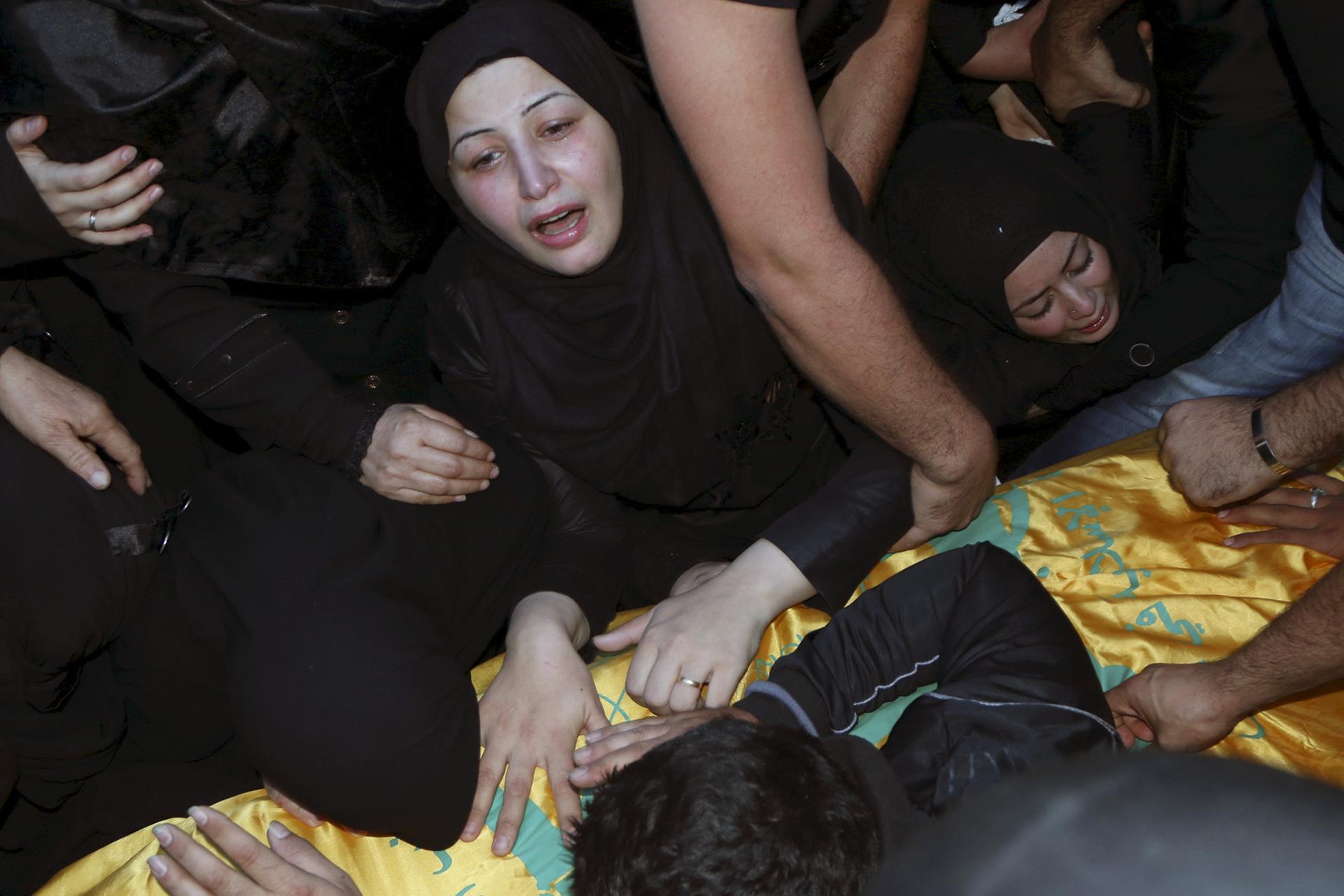
His act of courage inspired a world stunned by terrorist attacks in Beirut and in Paris.
Adel Termos, a Beirut resident out with his young daughter, witnessed a horrific bombing in November — then he made a split-second decision that saved countless lives.
As a second suicide bomber moved toward onlookers clustering at the scene of the explosion, Termos rushed the suspect.
"He tackled him to the ground, causing the second suicide bomber to detonate," says blogger and physician Elie Fares, who lives in Beirut. "There are many many families, hundreds of families probably, who owe their completeness to his sacrifice." More on his story.
Readers, what stories brought you hope this year? Let us know in the comments section below.
Related: 'Because it's 2015.' Five stories from Canada that charmed us.
Our coverage reaches millions each week, but only a small fraction of listeners contribute to sustain our program. We still need 224 more people to donate $100 or $10/monthly to unlock our $67,000 match. Will you help us get there today?
